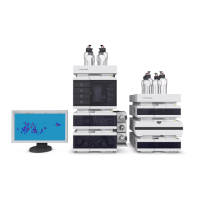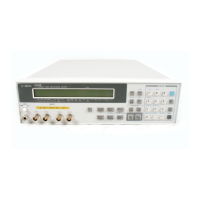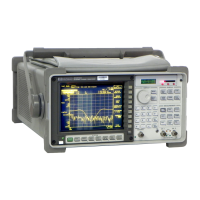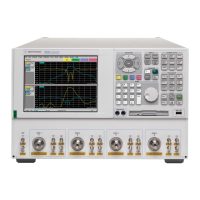Contents ▲ 243 ▼ Index
Evaluating Antibody Staining Assays
Antibody staining lets you measure protein expression on the surface or inside a cell by
means of specific antibodies. Either the primary antibody itself is conjugated with a dye
or you must use a labeled secondary antibody that recognizes the primary antibody.
When you measure the fluorescence of the cells, you can compare the relative
expression of protein in individual cells and use this information for population analysis.
Typically, you can use a red dye such as APC (Allophycocyanin) or Cy5 to measure
antibody presence.
You can use a blue dye like calcein to detect whether or not the cells are living, or like
SYTO 16 to stain the nucleic acids of all cells. For detailed information, refer to the
application note Detecting Cell Surface and Intracellular Proteins with the Agilent 2100
Bioanalyzer by Antibody Staining.
For a detailed description on how to evaluate the results using markers and regions, refer
to “Using Histograms for Evaluation” on page 212, and to “Using Dot Plots for
Evaluation” on page 233.
Gating direction
The gating direction is from blue fluorescence to red fluorescence. Depending on the dye
you use, you should use all cells (nucleic acid dye) or only living cells (calcein living dyes)
for gating.

